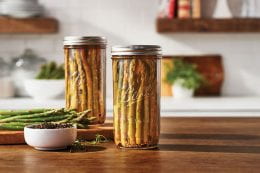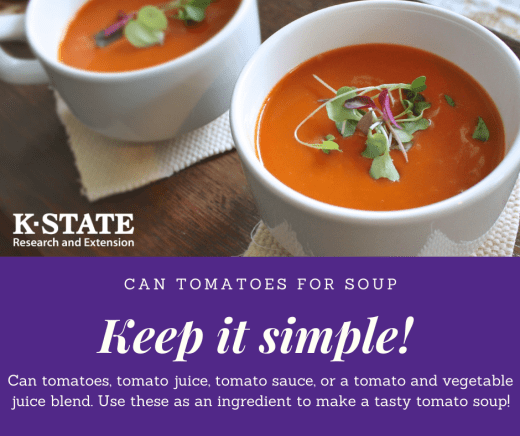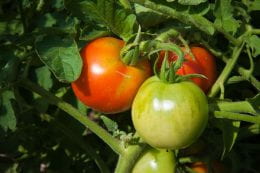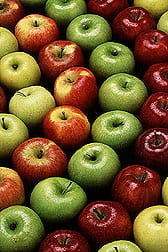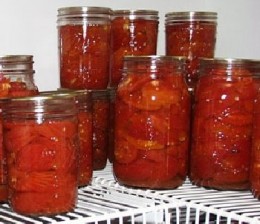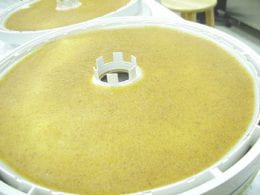
Photo: University of Georgia
Making homemade fruit leather is a great way to use up extra fruit and have a healthful snack. But fresh fruit can harbor bacteria that can cause foodborne illness. It is best to heat the fruit for safety and better retain color.
North Dakota State University Extension recommends heating fresh fruit in a double boiler to steam heat the fruit. It takes about 15-20 minutes and the temperature should reach 160°F with a food thermometer. An alternative is to use canned fruit that is pureed, applesauce, or strained baby fruit.
Fruits choices for fruit leather include apples, apricots, berries, cherries, nectarines, peaches, pears, pineapple, plums and strawberries.
Learn more at www.ndsu.edu/agriculture/extension/publications/food-preservation-making-fruit-leathers.
